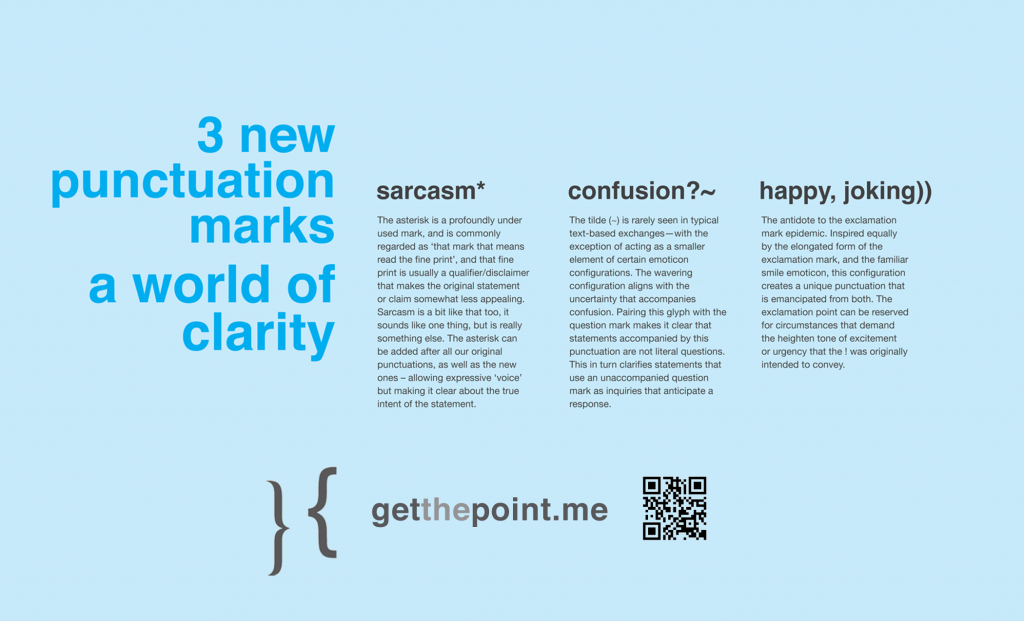A true miscellany for your perusal this week! On with the show.
First, a punctuation story that self-destructed almost as soon as it appeared. In mid-April, Levi Stahl, a publicity manager at the University of Chicago Press, posted to his blog about “The first emoticon?”. Stahl had come across a familiar-looking pairing of ‘:)’ in a 1648 edition of a poem by Robert Herrick. The lines in question went as follows:
Tumble me down, and I will sit
Upon my ruins, (smiling yet:)
Tear me to tatters, yet I’ll be
Patient in my necessity.
A smiley!!11! Well, no. Within Days, Ben Zimmer of Slate’s excellent “Lexicon Valley” blog published a comprehensive treatment of this and other supposed historical emoticons, demonstrating that the “smileys” found in pre-20th century works are almost always attributable to the punctuation fashion of their times.* Reverse Herrick’s ‘:’ and ‘)’ and suddenly things look a lot more conventional — and, frankly, a lot more believable. Much as it pains me to say it, perhaps it’s time to put the quest for the historical smiley on the back burner for a while…?
The section mark (§) doesn’t get a lot of attention these days. Is it too mundane, I wonder, too bogged down by its association with the dry corpora of legal rulings and governmental statutes? The German artist George Grosz, working in the febrile atmosphere of interwar Berlin, certainly thought so. Reader Philip Chastney emailed with a link to Grosz’s drawings for a 1928 play named The Good Soldier Švejk in which he co-opts the ‘§’ as an unsettling stand-in for the bureaucracy, rules and regulations of his city and country.
Make no mistake, these are striking, difficult images. In one, Grosz depicts a tree of section marks with corpses dangling from its branches; in another, a man is pursued and strangled by a flock of the same symbols. The question mark makes an appearance too, hovering atop a shocking, prescient heap of bones and skulls.
“[Grosz’s] drawings are not pleasant,” as Philip explained, “but then, neither was the world he saw about him.”
In slightly lighter news, readers Richard Taylor and Jason Black both pointed me in the direction of an article at The Guardian entitled Notation, notation, notation: a brief history of mathematical symbols. It’s written by Joseph Mazur, Professor Emeritus of Mathematics at Marlboro College, Vermont, and it delves into the evolution of mathematical symbols over the centuries. I encountered some of the sources cited by Professor Mazur while writing Shady Characters, and it’s a fascinating subject; Professor Mazur’s article is a great introduction to the history of mathematical notation, and his book, Enlightening Symbols: A Short History of Mathematical Notation and its Hidden Powers, is now firmly on my Christmas list!
Thanks to Philip, Richard and Jason for their contributions, and thank you all for reading! Please don’t hesitate to drop me a line with any punctuation news that you’d like to see featured here.
- *
- The Shady Characters book explores some of the same examples. ↢

